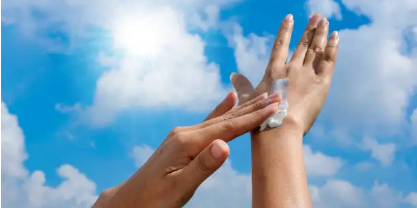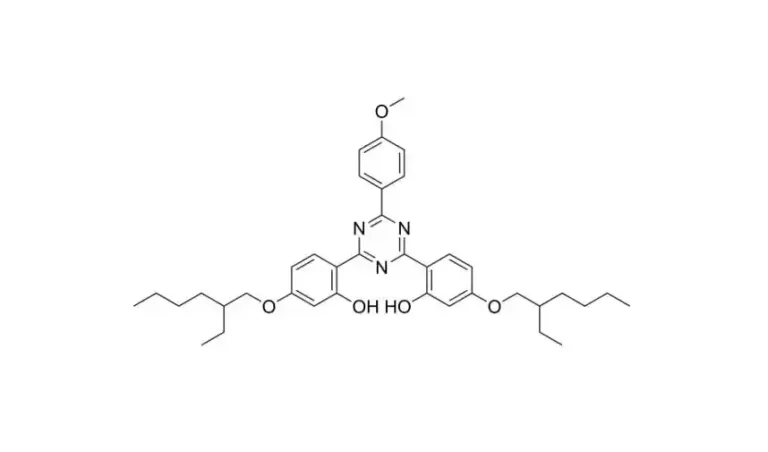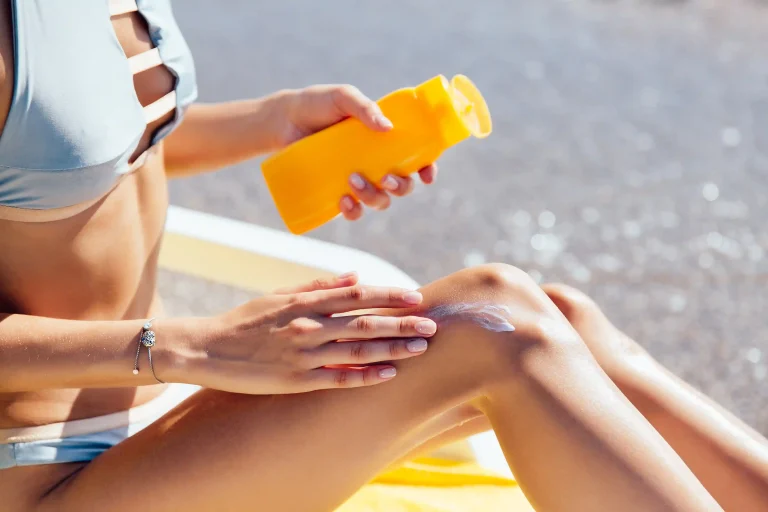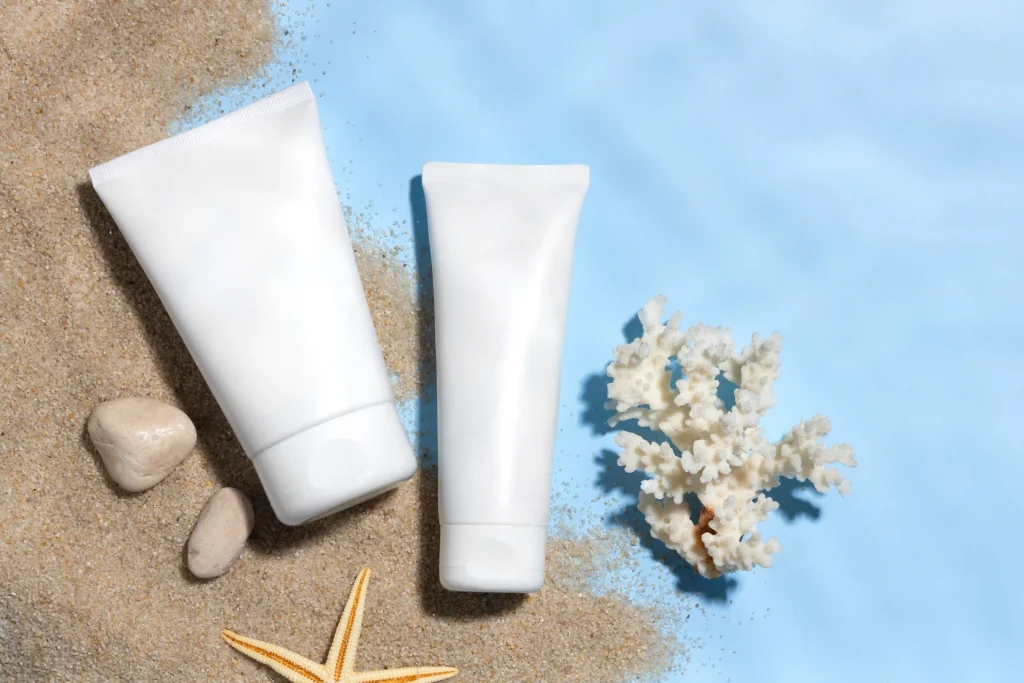
今日の人々は環境にもっと気をつけている。多くの人々は、日光日日日日日光太太太陽防晒霜の成分が海洋生物にどのように影響を与えるかについて心配しています。 二酸化チタン人気のあるミネラルサンスクリーン成分は、化学的なオプションよりも安全と呼ばれています。それは本当に サンゴ礁のための安全?
この記事は次のように説明します。
- 二酸化チタンが海洋環境を変える方法
- 本当にサンゴ礁を保護するなら
- どうやって BFP’s地球に優しい生産は害を減らします
二酸化チタンサンクリーンは海洋生物に悪いのでしょうか?
化学的な日防化剤成分とは異なり オキシベンゾンおよびオクチノキサート (サンゴを傷つけるためハワイで禁止) 二酸化チタン 皮膚に残る。浸透する代わりに太陽光を阻止します。それでも、海洋生物にいくつかの方法で影響を与える可能性があります。
水中の二酸化チタンに関する主な懸念
- 小さな粒子 vs. 大きな粒子
- 非常に小さな粒子(100nm未満)は海洋動物に食べられる可能性があります。科学者は、これが害を与えるかどうかを調べている。
- より大きな粒子(100nm以上)水に滞在しませんが’簡単に食べることができます。
- 日光反応
- 強い日光の下で、二酸化チタンは作成できます 有害な化学物質これらは小さな海洋植物や動物に損傷を与える可能性があります。
- 特別コーティング(シリカのように)これらの反応を止めることができます。
- 珊瑚礁の構築
- 時間の経過とともに、サンクリーンは洗い去り、サンゴに堆積します。あまりにも多くはサンゴをカバーし、傷つける可能性があります。
二酸化チタンは珊瑚礁に安全ですか?
| 要因 | 効果 | より良い選択 |
| 粒子サイズ | 小さなリスク | より大きな粒子を選択 |
| 太陽反応 | 悪い化学物質を作ることができます | コーティングタイプの使用 |
| 水 雲 | 水が不透明になる | クリーンな公式を選択 |
現在、専門家は言う より大きい、コーティングされた二酸化チタン 海にとって最も安全です。
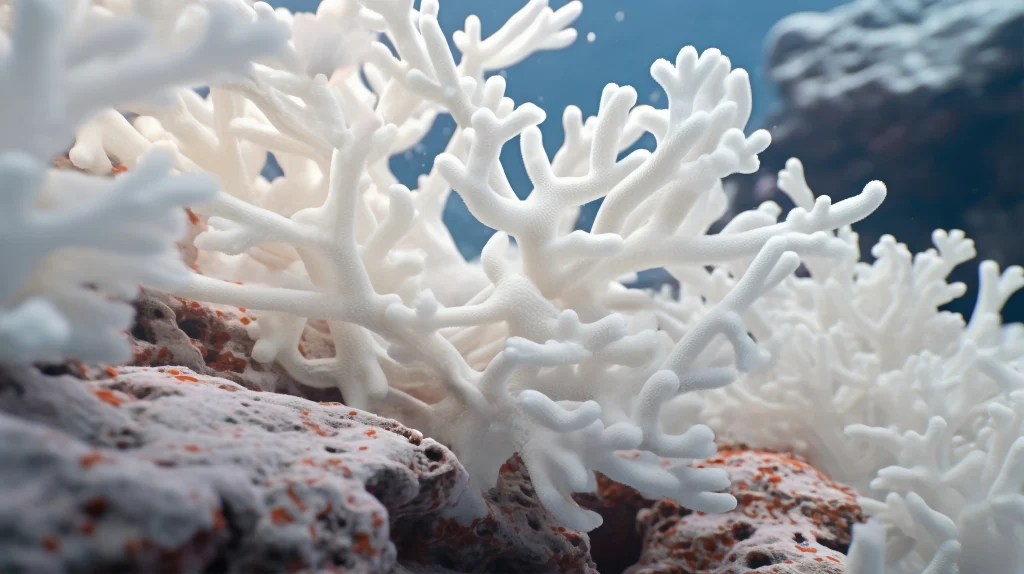
BFPが二酸化チタンからの害を減らす方法
BFP メーク 高品質の二酸化チタン サンスクリーンのために。自然を守るために大切に働いています。彼らの T10AHL二酸化チタン 与える 強い太陽保護 While Being 環境に対して優しい.
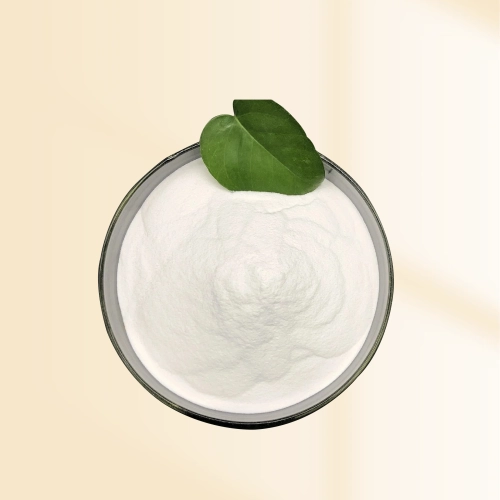
BFP’地球に友好的な方法
- 特別コーティング–成分を水中で安全にします。
- 慎重にサイズした粒子–規則に従って自然を助けるための小さなオプションと大きなオプションを提供します。
- クリーン生産–廃棄物を減らし、エネルギーを消費します。
欲しい企業のために 海洋安全な二酸化チタンBFPはA 信頼できる、緑 選択
地球に優しい二酸化チタンサンクリーンを選ぶ
保護するサンクリーンが欲しい あなたの肌と海これらのヒントを覚えてください:
1. より大きいまたはコーティングされた粒子を選択して下さい
- より大きな粒子don’海洋生物に食べられる。
- コーティング有害な太陽反応を止める。
2. 悪い添加物をスキップ
いくつかの日焼け止めは、以下のような有害な化学物質を追加します。
- オキシベンゾン
- オクチノキサート
- パラベン
代わりに、Pick 純純純純純純純純純純純純純純純な純純純純純純純純純純純ミネ純ミ.
3. エコラベルを探す
シールのように “EWGの確認” または “リーフセーフ” (完璧ではないが)より良い製品を見つけるのに役立つことができます。
4. 店で買ったvs. 自家製
- ストアサンスクリーン海洋の安全性を検査する。
- 自家製ミックス簡単に洗い過ぎ、さらに汚染するかもしれません。
二酸化チタンと自然に関するFAQ
Q1: 二酸化チタン日Q1はどこでも違法ですか?
A: 禁止国はありませんが、一部の場所は制限しています。 非常に小さな粒子 環境問題について。常に地元の法律を確認してください。
Q2:二酸化チタンはサンゴを殺すのでしょうか。
A: 科学ショー より大きな粒子 don’tはオキシベンゾンのようにサンゴを直接殺します。しかし、水に太陽防太太霜が多すぎることは常に問題を引き起こします。
Q3:すべてのミネラルサンスクリーンは珊瑚礁に安全ですか?
A: 全てじゃないなお 酸化酸酸酸酸酸酸酸酸化酸酸酸酸酸酸酸酸酸酸酸酸酸酸酸酸酸酸酸酸酸酸酸酸酸酸酸酸酸酸酸酸酸 化学フィルターを打ち、その サイズとコーティング 最も大切です。より大きく、未塗装のタイプは最も効果的です。
Q4:二酸化チタン日光Q4は汚い水を持つことができますか?
A: 太陽防すべてのクリーンは大量に使用すると汚染されます。選択 防水、地球に優しい種類 損傷を減らすのに役立ちます。
皮膚と海のためのスマートな選択
二酸化チタンサンクリン は より安全 多くの化学選択肢よりも海洋への影響は、 粒子サイズ、コーティング、およびレシピ. ピッキング より大きい、コーティングされた二酸化チタンBFP’ のようにs T10AHL— 与える 強い太陽防御 海洋生物を助ける。
サンクリーン製造のために海洋安全な二酸化チタンが必要ですか? どのように見る BFP’グリーンソリューション 助けることができます。


